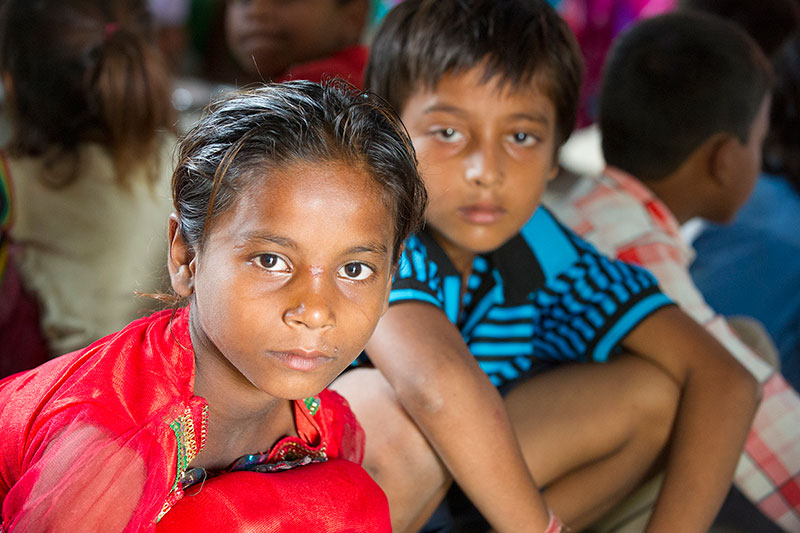
United Nations members are now debating new global goals on education that are exciting and ambitious. These goals will almost certainly put the quality of education that a child receives—and his or her learning— center stage, something the current Millennium Development Goals discussed, but which was never seriously undertaken at the global level.
That is good and important news, at least provided we don’t become so fixated on assessments that we neglect the elements of quality education that actually fuel learning. But my larger concern right now is with a different issue.
I am concerned that for all the post-2015 talk about equity and bringing quality education to the most marginalized, I’m not convinced that we really mean it.
How far are we willing to go for the girl who risks her life just to attend school, or the girl who will never attend secondary school because she was married off at 14 years old? What is our commitment to the young boy who is pressured to turn to violence and who may never return to school? Or the blind child who hasn’t learned to read braille, and the deaf child who never learned to sign? Who will stand up for educating ethnic minorities? What are we willing to spend, what are the standards we will impose, and what are the strategies that we will follow?
It’s not that the two leading sets of goals, put forward by UNESCO and by the UN Open Working Group on Sustainable Development, don’t touch on these groups—they do. The UNESCO goals feature several targets (1-4) requiring that “particular attention” be paid to girls and women (or gender equality), and the most marginalized. And the UN Open Working Group on Sustainable Development’s goals stipulate at goal 4.5 that by 2030 we should “eliminate gender disparities in education and ensure equal access to all levels of education and vocational training for the vulnerable, including persons with disabilities, indigenous peoples and children in vulnerable situations.”
The problem in both cases is the lack of accompanying indicators that expressly target and precisely measure the education of girls, the disabled, those living in conflict and post-conflict societies, and the poorest of the poor. What we fail to measure, we will fail to prioritize.
And this is not just about access, as the Open Working Group frames the issue. If we are setting global goals for the next several decades, it has to also now mean that these groups are getting a quality education too. Anything less is just the status quo.
Granted, this is a hugely complex task on all levels- political, operational, technical, and financial. But it’s also true that our failure to extend quality education to these groups lies at the heart of enormous societal inequality, discrimination, injustice, conflict, violence and lost economic opportunity.
It’s just critical we get these goals and also the indicators right, and I hope everyone working in global education raises their voices now to make sure we do.

